India is home to a diverse range of wildlife, including many endangered species. Some of the most well-known endangered animals in India include the Bengal tiger, the Indian rhinoceros, and the Asiatic lion. Here is a list of 10 most endangered wildlife species in India with photos, and the locations where you can find these endangered species of animals:
10. The Namdapha flying squirrel (Biswamoyopterus laoensis)
Image Source: the Creative Commons
The Namdapha flying squirrel is a species of flying squirrel found in the Namdapha National Park in Arunachal Pradesh, India. It is a large squirrel, with a body length of up to 36 centimetres and a wingspan of up to 70 centimetres.
The Namdapha flying squirrel is an arboreal species, found in the forests of the Namdapha National Park. It is nocturnal, spending the days resting in tree holes or nests, and coming out at night to forage for food. Its diet consists primarily of fruits, seeds, and insects.
The Namdapha flying squirrel is threatened by habitat loss and degradation, as well as hunting and poaching. It is listed as endangered on the IUCN Red List, with an estimated population of fewer than 2,500 individuals. Efforts are being made to conserve the Namdapha flying squirrel, including the protection of its habitat and the implementation of conservation measures.
9. The great Indian bustard (Ardeotis nigriceps)
Image Source: the Creative Commons
The great Indian bustard is a species of bustard native to India. It is a large bird, with males reaching up to 1.2 meters in height and weighing up to 15 kilograms. The great Indian bustard is listed as critically endangered on the IUCN Red List, with an estimated population of fewer than 250 individuals.
The great Indian bustard is found primarily in the grasslands and scrublands of India, primarily in the states of Rajasthan, Gujarat, and Maharashtra. It is a ground-dwelling bird, feeding on insects, lizards, and small mammals. The great Indian bustard is also known for its impressive mating displays, during which males puff up their feathers and perform elaborate dances to attract females.
However, the great Indian bustard is facing numerous threats to its survival. Habitat loss and degradation, due to agricultural and industrial development, are the primary threats to the species. Additionally, the great Indian bustard is hunted for its meat and feathers, and is also threatened by collisions with power lines and other human infrastructure.
Efforts are being made to conserve the great Indian bustard, including the establishment of protected areas and the implementation of conservation measures. However, much more work needs to be done to ensure the survival of this magnificent species.
8. The Gangetic Dolphin
The Ganges river dolphin (Platanista gangetica gangetica) is an endangered freshwater dolphin species native to the Ganges, Brahmaputra, and Meghna rivers in India, Nepal, and Bangladesh. It is one of the five species of river dolphins found worldwide, and the only one found in South Asia.
The Ganges river dolphin is a small to medium-sized dolphin, growing to a length of up to 2.7 meters (8.9 feet) and weighing up to 170 kilograms (375 pounds). It is a blind dolphin, relying on echolocation to navigate and find prey. It is also a relatively slow swimmer, with a maximum speed of about 18 kilometers per hour (11 miles per hour).
The Ganges river dolphin is an important part of the river ecosystem, where it preys on fish, crustaceans, and mollusks. It is also a popular tourist attraction, and its decline is a threat to the local economy.
7. The lion-tailed macaque (Macaca silenus)
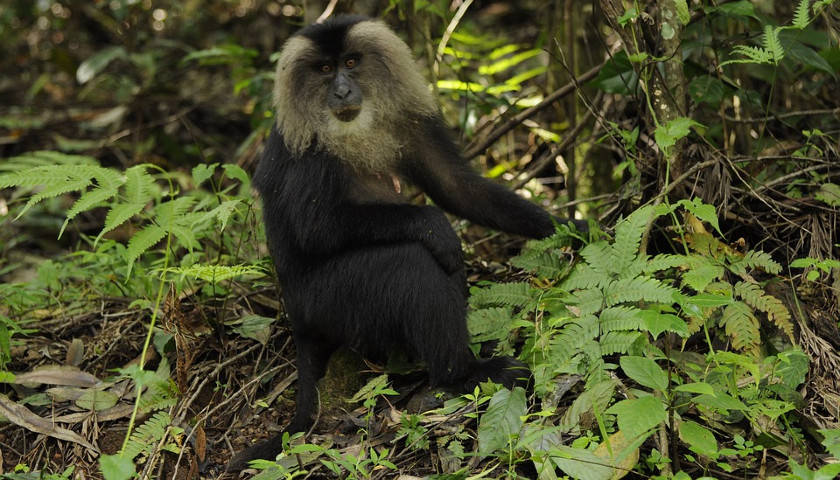
The lion-tailed macaque is a species of primate that is native to the Western Ghats mountain range in southern India. It is one of the most endangered primates in the world, with a population of around 2,500 individuals.
Lion-tailed macaques are medium-sized monkeys with a distinctive mane of long, black hair around their head and face, which gives them their name. They have a black body and a long, tufted tail. They are adapted to living in the trees, and are skilled climbers and jumpers.
Lion-tailed macaques are omnivores, feeding on a variety of fruits, insects, and small animals. They live in small social groups, which are led by a dominant male. The breeding season for lion-tailed macaques is typically between December and January, and females give birth to one offspring after a gestation period of around six months.
The main threat to the lion-tailed macaque is habitat loss due to deforestation and the expansion of agriculture. The species is protected by law in India, and conservation efforts are being undertaken to protect their habitat and increase their numbers. These efforts include the establishment of protected areas, the implementation of conservation programs, and the involvement of local communities in conservation efforts.
6. The Nilgiri tahr (Nilgiritragus hylocrius)
The Nilgiri tahr is a species of wild goat found in the Nilgiri Hills and the Western Ghats mountain ranges of southern India. It is the state animal of Tamil Nadu and is also known as the Nilgiri ibex or the Nilgiri wild goat.
Nilgiri tahrs are large, stocky animals with a distinctive black stripe running down their backs. They have a shaggy brown coat and long, curved horns. They are adapted to living in steep, rocky terrain, and are excellent climbers.
Nilgiri tahrs are herbivores and primarily feed on grasses and herbs. They live in small herds, which are led by a dominant male. The breeding season for Nilgiri tahrs is typically between December and January, and females give birth to one or two offspring after a gestation period of around five months.
The Nilgiri tahr is classified as an endangered species due to habitat loss and poaching. In order to protect this species, the Indian government has established protected areas such as the Mudumalai National Park and the Anamalai Tiger Reserve. Conservation efforts have also included the creation of educational programs and the involvement of local communities in the conservation of the Nilgiri tahr.
5. The Red Panda
The Red Panda, also known as the lesser panda or the red bear-cat, is a small arboreal mammal native to the eastern Himalayas and southwestern China. In India, red pandas are found in the Sikkim and Arunachal Pradesh states, as well as in the Darjeeling and Kalimpong districts of West Bengal.
Red pandas are typically found in temperate forests at elevations ranging from 2,200 to 4,800 meters. They are adapted to living in the trees, and have thick, soft fur to protect them from the cold. Their diet consists primarily of bamboo, but they also eat fruit, berries, and occasionally insects.
Red pandas are endangered due to habitat loss and poaching, and their population has declined significantly in recent decades. In India, red pandas are protected by law, and efforts are being made to conserve their habitat and increase their numbers. Some conservation organizations are working to establish protected areas for red pandas and to educate the local community about the importance of preserving these animals.
Despite the challenges they face, red pandas remain a beloved and iconic species in India and around the world.
4. The Snow Leopard
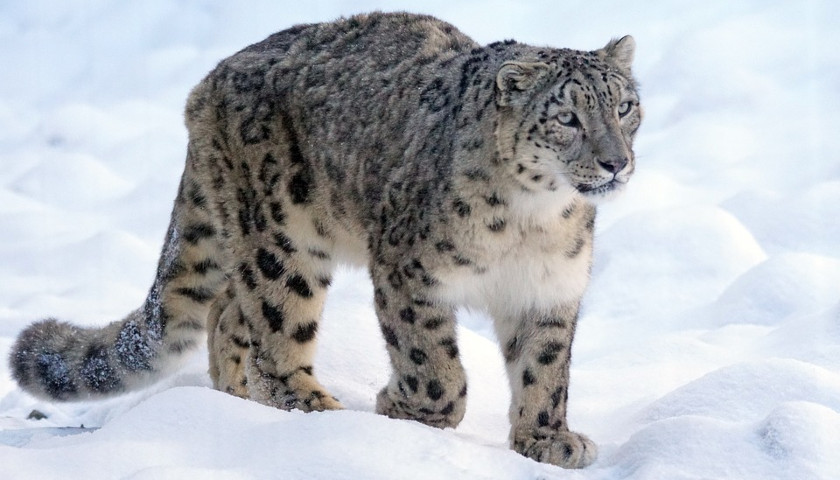
The Snow Leopard is a critically endangered species of big cat that is native to the mountain ranges of Central and South Asia, including India. It is known for its elusive behavior and its ability to survive in harsh, cold environments.
In India, the snow leopard is protected under the Wildlife Protection Act of 1972, which prohibits hunting, poaching, and trade in snow leopard parts. Despite these protections, snow leopards are still poached for their skins, bones, and other body parts, which are in high demand on the black market.
In addition to poaching, the snow leopard is also threatened by habitat loss due to the expansion of agriculture, urbanization, and the construction of roads and other infrastructure. This has led to a decline in the snow leopard's prey base and an increase in human-snow leopard conflict.
It is estimated that there are fewer than 500 snow leopards remaining in India, with the majority of them living in the Himalayan mountain range. Conservation efforts are underway in India to protect the snow leopard and its habitat. This includes efforts to increase the size and connectivity of protected areas, promote coexistence between snow leopards and humans, and crack down on poaching and the illegal trade in snow leopard parts.
It is important that we continue to support these efforts to ensure the survival of the snow leopard.
You might be interested in Snow Leopard Photography Tours
3. The Indian Rhinoceros
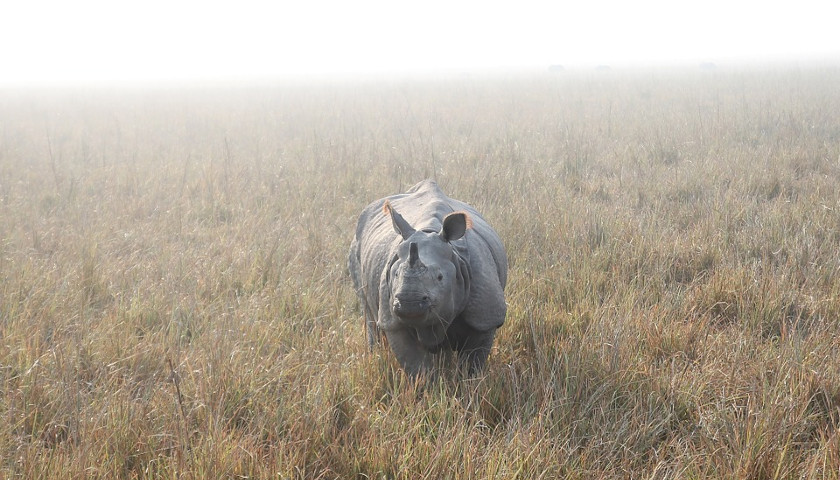
The Indian rhinoceros, also known as the greater one-horned rhinoceros, is a critically endangered species of rhinoceros that is native to the Indian subcontinent. It is the largest of the rhinoceros species and is known for its distinctive single horn and armored skin.
The Indian rhinoceros is facing numerous threats to its survival, including habitat loss, poaching, and conflict with humans. It is estimated that there are fewer than 3000 Indian rhinoceroses remaining in the wild, with the majority of them living in the states of Assam and West Bengal in India.
In India, the Indian rhinoceros is protected under the Wildlife Protection Act of 1972, which prohibits hunting, poaching, and trade in rhinoceros parts. Despite these protections, rhinoceroses are still poached for their horns, which are in high demand on the black market as a supposed cure for various ailments and as a status symbol.
In addition to poaching, the Indian rhinoceros is also threatened by habitat loss due to the expansion of agriculture, urbanization, and the construction of roads and other infrastructure. This has led to a decline in the rhinoceros' prey base and an increase in human-rhinoceros conflict.
Conservation efforts are underway to protect the Indian rhinoceros and its habitat. This includes efforts to increase the size and connectivity of protected areas, promote coexistence between rhinoceroses and humans, and crack down on poaching and the illegal trade in rhinoceros parts.
It is important that we continue to support these efforts to ensure the survival of the Indian rhinoceros.
2. The Bengal Tiger
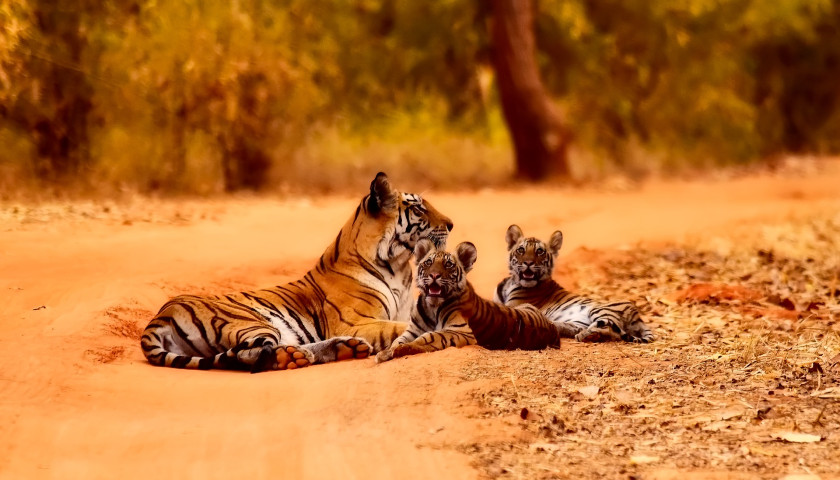
The Bengal Tiger is a critically endangered species of tiger that is native to the Indian subcontinent. It is the national animal of India and Bangladesh, and it is considered to be one of the most iconic animals in the world.
In the latest census, approximately 80% of the tiger population, totaling 2,885 individuals, now thrives across eight of India's 18 designated tiger states. Among these, Madhya Pradesh boasts the highest tiger count at 785, closely trailed by Karnataka with 563 and Maharashtra with 444.
The central Indian and Western Ghats landscapes have emerged as vital habitats, contributing a staggering 2,526 tigers collectively, thereby earning recognition as the most densely populated tiger regions globally. Zooming into specific reserves, Corbett National Park in Uttarakhand and Kaziranga National Park in Assam retain their status as the most densely populated tiger reserves, housing 260 and 104 tigers, respectively. Not far behind are Bandhavgarh in Madhya Pradesh and Bandipur in Karnataka.
Globally, the tiger population witnessed a significant surge from 3,890 in 2016 to 5,575 in 2023. This remarkable increase is attributed largely to the efforts of countries like India and Nepal, whose combined endeavours resulted in doubling the tiger numbers, as per a statement released by the Global Tiger Forum.
In India, the Bengal tiger is protected under the Wildlife Protection Act of 1972, which prohibits hunting, poaching, and trade in tiger parts. Despite these protections, tigers are still poached for their skins, bones, and other body parts, which are in high demand on the black market. In addition to poaching, the Bengal tiger is also threatened by habitat loss due to the expansion of agriculture, urbanization, and the construction of roads and other infrastructure. This has led to a decline in the tiger's prey base, as well as an increase in human-tiger conflict.
Conservation efforts are underway to protect the Bengal tiger and its habitat. This includes efforts to increase the size and connectivity of tiger reserves, promote coexistence between tigers and humans, and crack down on poaching and the illegal trade in tiger parts. It is important that we continue to support these efforts to ensure the survival of the Bengal tiger.
1. The Asiatic lion
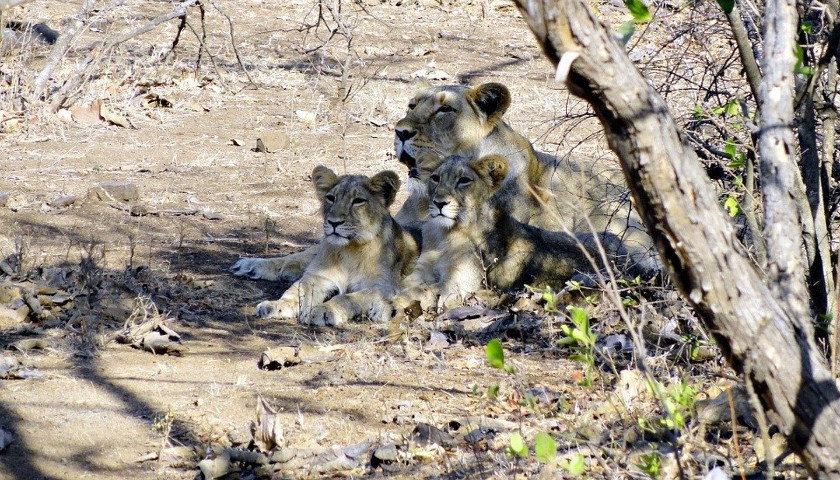
The Asiatic lion, also known as the Indian lion or Persian lion, is a critically endangered species of lion that is native to the Indian subcontinent. It is the national animal of Gujarat, India and is known for its distinctive mane and muscular build.
The Asiatic lion is facing numerous threats to its survival, including habitat loss, poaching, and conflict with humans. It is estimated that there are fewer than 600 Asiatic lions remaining in the wild, with the majority of them living in the Gir National Park in Gujarat, India.
In India, the Asiatic lion is protected under the Wildlife Protection Act of 1972, which prohibits hunting, poaching, and trade in lion parts. Despite these protections, lions are still poached for their skins, bones, and other body parts, which are in high demand on the black market.
In addition to poaching, the Asiatic lion is also threatened by habitat loss due to the expansion of agriculture, urbanization, and the construction of roads and other infrastructure. This has led to a decline in the lion's prey base and an increase in human-lion conflict.
Conservation efforts are underway to protect the Asiatic lion and its habitat. This includes efforts to increase the size and connectivity of protected areas, promote coexistence between lions and humans, and crack down on poaching and the illegal trade in lion parts.
It is important that we continue to support these efforts to ensure the survival of the Asiatic lion
In addition to these well-known species, there are many other endangered animals & species in India, including The Malabar large-spotted civet, Slender-billed Vultures, the Indian Elephant, the Gangetic dolphin, and the Himalayan Brown Bear, Kashmir Stag and more. The Indian government and conservation organizations are working to protect these animals and their habitats in order to prevent their extinction.


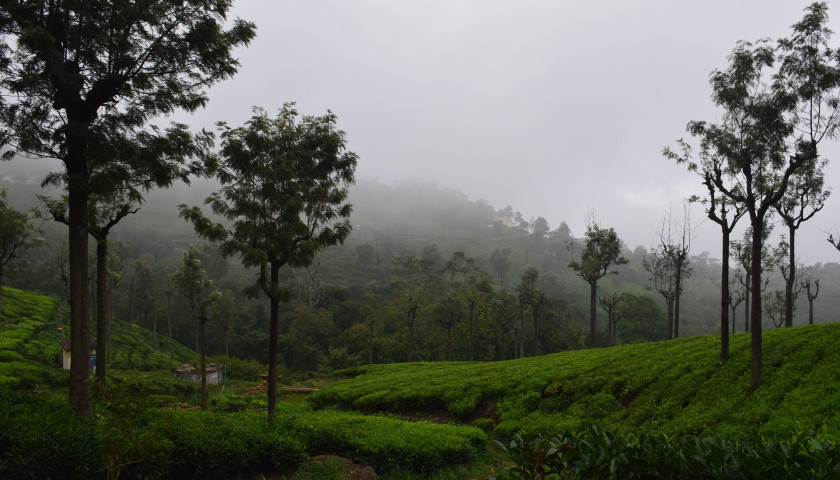
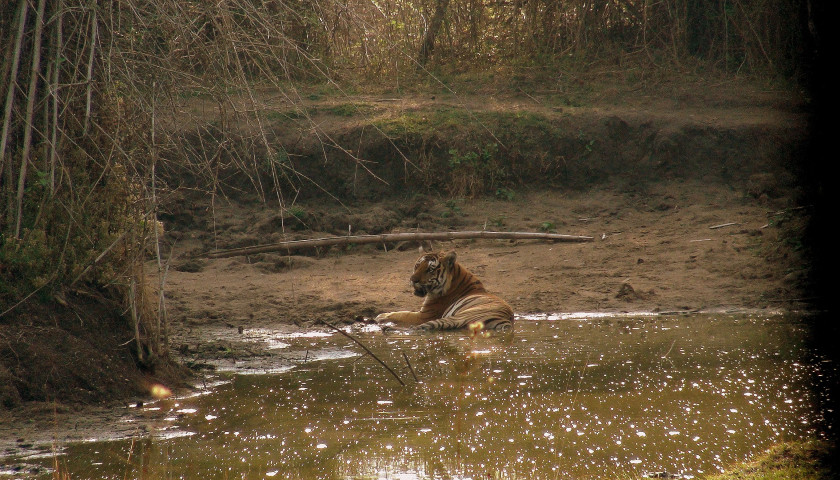
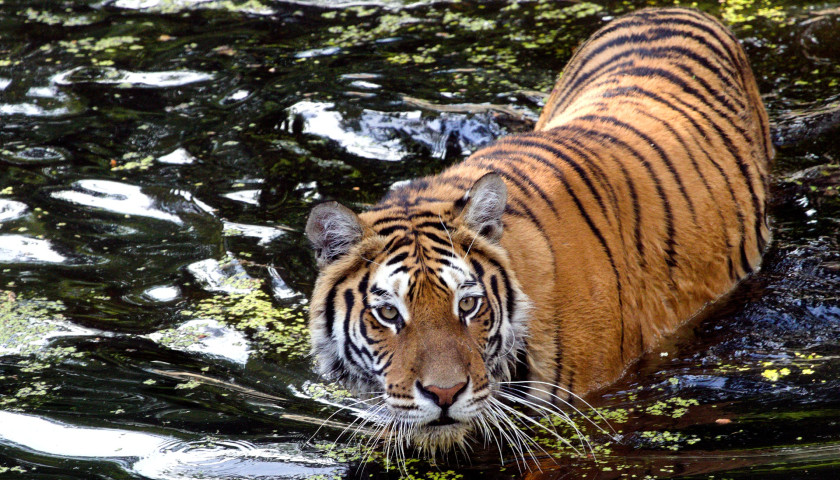
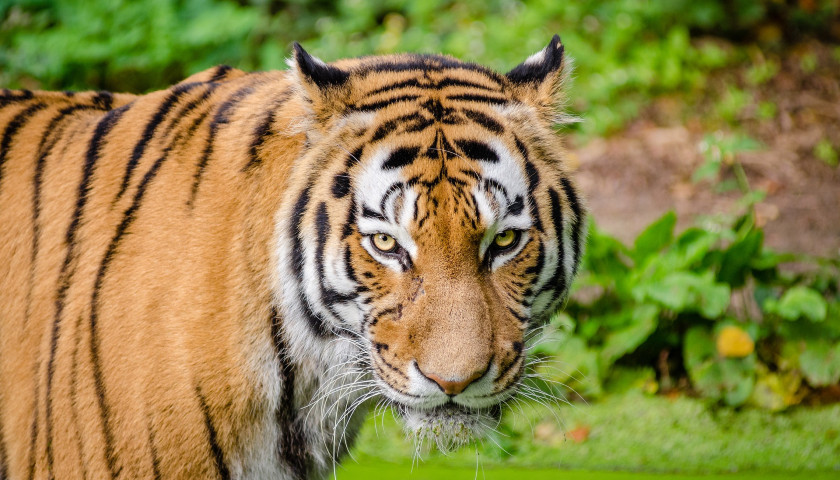

Leave a Comment :